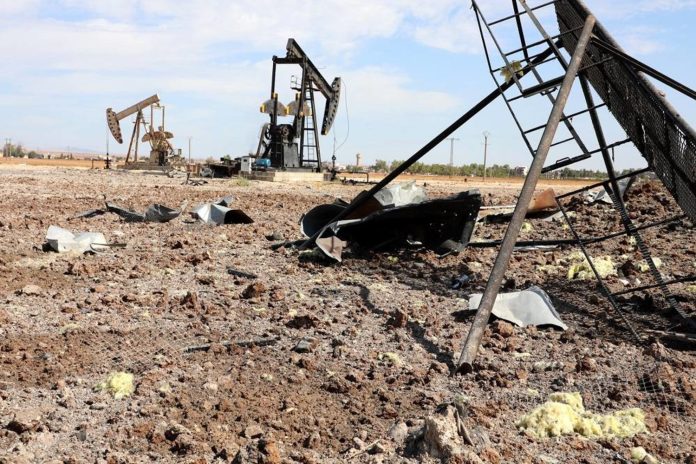The complexity surrounding the attribution of drone strikes in Somalia was brought into sharp focus by a recent incident outside Mogadishu on March 19th, where more than 20 people, including children, were reportedly killed in a drone strike. While the Washington Post cited two security sources claiming the strike was carried out by a Turkish drone, the United States Africa Command (AFRICOM) denied any involvement, emphasizing that the U.S. did not conduct the strike. Meanwhile, the Somali government referred to the operation as one carried out by Somali forces with international support.
This incident underscores the importance of accurately attributing drone strikes in Somalia, a region where multiple actors possess the capability to conduct such strikes. The attribution challenge complicates efforts to track the U.S. drone war in Somalia, as it can lead to misinterpretations regarding the nature and extent of American military operations.
Airwars, an organization tracking civilian harm in conflict zones, has played a significant role in providing data on U.S. military strikes in Somalia. However, the organization’s inclusion criteria, which encompass a broad range of potential strikes, have led to challenges in interpreting the data. For instance, while Airwars’ data suggests a significant increase in reported U.S. strikes in 2023 compared to the previous year, this may be attributed to the inclusion of strikes by other forces that were mistakenly attributed to the U.S.
One of the key issues highlighted by Airwars’ data is the difficulty in distinguishing between declared U.S. strikes and alleged strikes attributed to the U.S. based on indirect evidence. This distinction is crucial for accurately assessing the scale and impact of American military operations in Somalia. Moreover, the inclusion of alleged strikes without sufficient evidence of U.S. involvement risks overstating the extent of American military activity in the region.
While Airwars’ broad approach to inclusion enables scrutiny of potential civilian harm incidents and covert strikes, it also comes with inherent limitations. The organization’s focus on U.S. accountability may overshadow the actions of other belligerents operating in Somalia, potentially obscuring their responsibility for civilian casualties. As a result, analysts and commentators relying on Airwars’ data must exercise caution in interpreting the findings and consider the broader context of the conflict.
Overall, the March 19th drone strike underscores the challenges and complexities inherent in tracking military operations in Somalia, particularly when it comes to attributing responsibility for such strikes. As the conflict continues to evolve and multiple actors remain active in the region, ensuring transparency and accuracy in reporting on drone strikes will be essential for understanding the dynamics of the conflict and mitigating the impact on civilians.





